How to Choose the Right Paint
Choosing the right paint for your next painting project can be a daunting task.
There are many types of paint on the market.
These have a variety of descriptions, such as flat, eggshell, low sheen, matt acrylic and satin acrylic.
How do you choose the right one?
There’s a kaleidoscope of colours available too.
From deep blues and aquamarines, to violets, tans, greens, through to whites, neutrals, yellows, oranges, browns, pinks and reds.
With so many different brands and colours to choose from, it is hard to know which one will work best for you.
This blog post discusses 16 ways that will help you find the perfect paint for your needs!
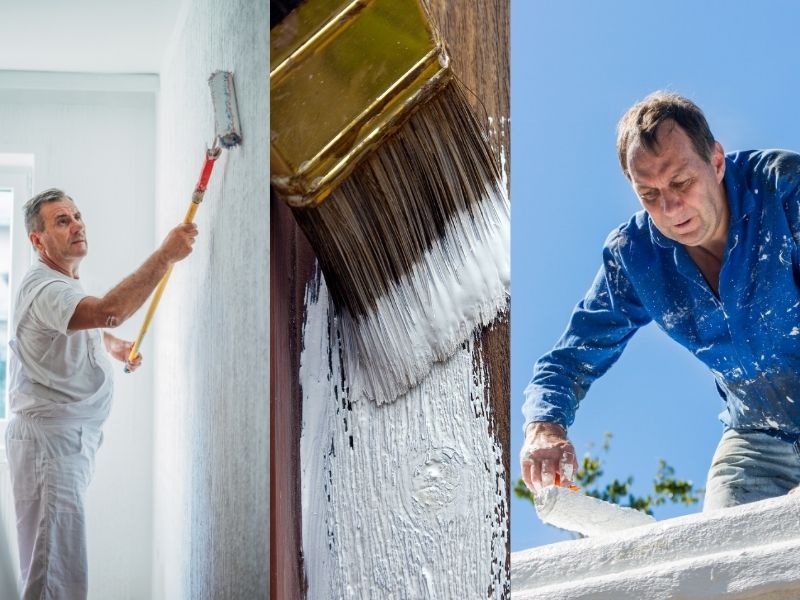
Getting Started with Your Paints
Tip1: Before getting started, you want to determine if the paint is interior or exterior.
If it’s for outside use, then it is best to go with an exterior grade paint. A paint that can stand up against harsh weather conditions such as rain and sun exposure.
Tip 2: Determine what type of surface you are painting on. For example: interior walls vs ceilings; wood surfaces such as floors or cabinets vs brick exteriors; tile countertops versus concrete bases – there’s a big difference!
Choose the right kind of paint for the surface you will be painting.
For example, if you’re going to paint walls then latex paints would work best but if it’s furniture that needs a makeover than oil-based paints might just do the trick!
Tip 3: Consider durability. Oil-based coats last longer than their water-based counterparts because they dry faster and cure harder due to the solvent in the finish coat, such as linseed oil.
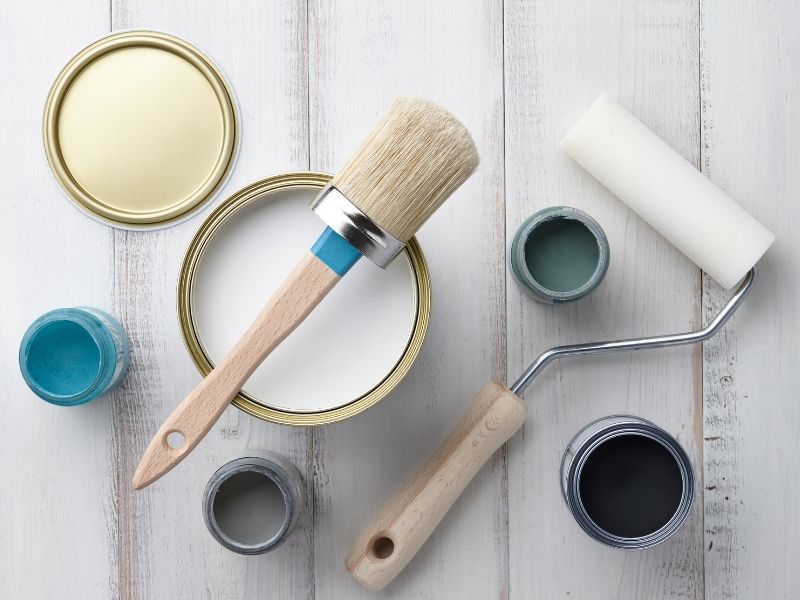
Paint Features
Tip 4: Paint Features
Oil-Based Paint Features
- Longer drying and curing time.
- More durable than water-based paint.
- Cleaning paint brushes requires harsh chemicals like paint thinner.
- Usually gives a smoother and better-looking finish.
Water-Based Paint Features
- Drying and curing time less than oil-based paint.
- Isn’t quite as durable as oil-based paint.
- Clean-up doesn’t require chemicals – soap and water works great.
- More common paint than oil-based paint as a rule.
Oil-based paint may be better on surfaces that take a lot of scuffs and knocks, like exteriors, floors, doors, trim, and furniture.
On the other hand, water-based paint is great for things that won’t see a whole lot of wear and tear, like walls and ceilings.
Water-based paint is sometimes known as latex paint.
Although even though water-based typically uses acrylic resins or vinyl instead of actual latex.
Water-based paint is also the most common type of paint.
Around 75% of paint available at most hardware or paint stores is water-based, although it depends where you shop.
Below is a list of the more common types of paint, thanks to Haymes Paint.
Matt
Also known as flat, ultra-flat and matt acrylic, flat paint has little or no shine.
This paint is ideal if you have less than perfect walls.
Its coarse pigments deflect light, so it’s ideal for making imperfections less obvious.
Low Sheen
Paints such as eggshell fall under the category of low sheen.
They have a lower level of shine and work well in a living space or bedroom.
Like flat acrylic paint, low sheen is ideal for masking perfect imperfect walls.
Satin
Satin paint is a mid-sheen.
It’s ideal for children’s bedrooms, as satin takes more wear and tear than flats or low sheens and is suitable to be lightly scrubbed.
Semi-Gloss
Semi-gloss is ideal for trims, skirting boards and interior doors.
Semi-gloss can handle a bit of wear and tear, yet is relatively low-key in feel and lustre, unlike gloss.
Gloss
Gloss paint is the shiniest paint of all. It’s commonly used on window and wall trims, as well as architraves.
Traditionally, this toughest of paints is oil-based, but today it is also made with water-based technology and is a little less hard-wearing, but the clean-up is a lot easier.
Natural Paints
Paint manufacturers have responded to environmental concerns by formulating paints with less Volatile Organic Compounds (VOC’s).
These are still found in many oil- and water-based paints.
As extended exposure to VOC’s can be harmful to the user, it’s always best to be aware of this when selecting your paint.

Paint Effects
Are you wanting to make a statement? Then textured paint may be the right choice for you. There are many effects available, such as shimmering metallics and copper, to concrete looks and textured sand.
Now that you know the basics, let’s look at some more tips on how to choose the right paint for your next painting projects.
Primers
Tip 5: Consider if you will need any primers.
Primers are a type of paint with special qualities. These qualities include adhesion promoters or sealers designed specifically to:
- Improve bonding between coats (i.e., latex primer over oil-based surfaces),
- Increase resistance from moisture damage (i.e., exterior grade primers)
- or Reduce appearance flaws caused by previous materials (i.e., sanding marks & stains).
Flat vs Glossy
Tip 6: Finally, determine whether you want flat finishes vs glossy coatings.
This will depend upon the look you want to achieve (i.e., flat paint for ceilings or walls that will receive little wear as opposed to glossy coatings on cabinets).
When choosing the right paint, it is important to not only consider what kind of painting project you are doing, but also how it will be used and where in your home!
More Quick Tips (7-10)
- Always read labels before starting – make sure to check out all the safety precautions and instructions before starting your job.
- If using primers make sure they’re designed specifically for use with oil-based paints on wood surfaces
- Decide upon finish type depending upon desired result such as glossiness and durability etc.
- Choose interior grade materials when working indoors.
As you can see, there are many different factors involved when choosing paint.
Some of these include colour, quality, cost, coverage area, brand preference etc.
Each one of these will help you determine which ones will work best for you.
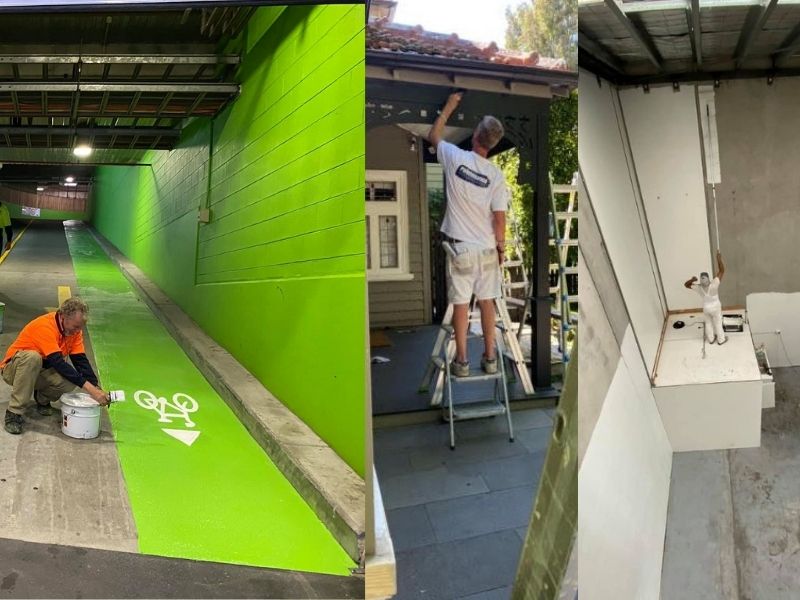
Painting Surfaces
Tip 11: What surface are you painting? Determine whether it is wood, brick, concrete etc.
For example: for wood surfaces choose a water-based paint but for bricks and concrete use oil-based paints as they adhere better to these types of surfaces.
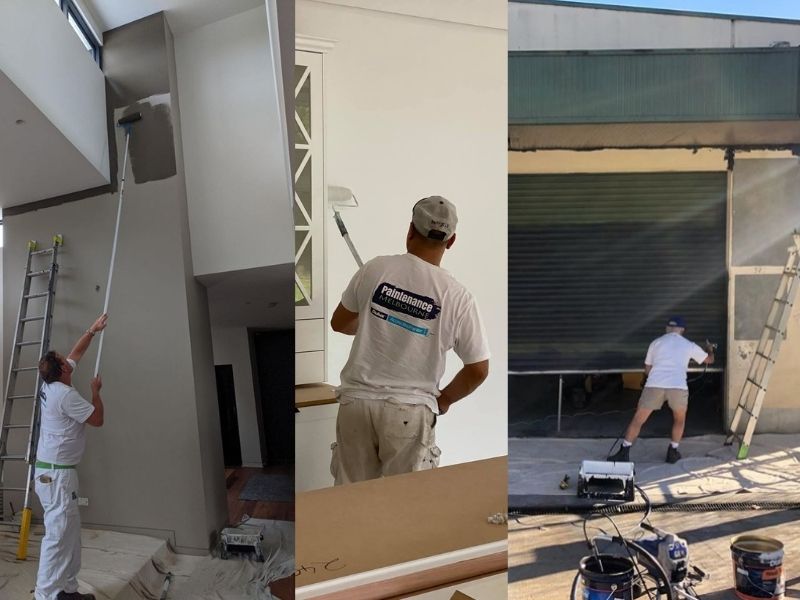
Paint Coverage
Decide how much coverage area do you have.
The size of your house or office will help determine which type of brush or roller should be used.
For small areas like walls use smaller rollers while larger projects require bigger ones that cover more space in less time.
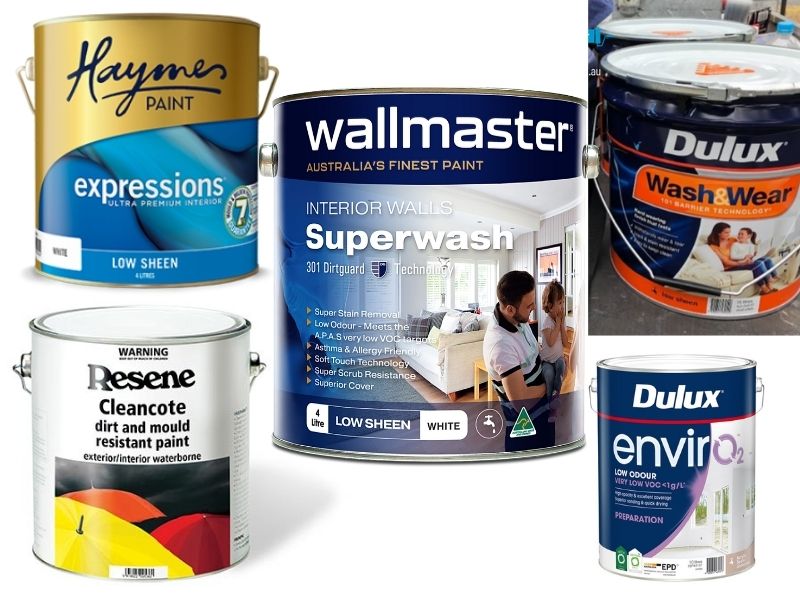
Budget and Brands
Tip 12: What is your budget?
Some brands of paint cost over $50 per litre, while others can be found at a lower price point.
Also, some colours will be priced differently than others.
This may help determine if it’s worth spending extra money on these products or not.
Do you need specialty paints like metallic and pearlescent types of finishes?
These tend to get pricey, but they add that special effect that really makes everything pop out in an amazing way!
Just make sure you don’t go overboard with buying too much as it may end up costing you more in the long run.
Tip 13: Which brand works best for your painting projects?
There are lots of choices out there, but some brands tend to stand out more than others due to their quality products and great customer service!
Make sure the one you choose has a good reputation among its customers.
This will ensure it’s worth spending money on these items versus cheaper ones with no reviews online.
For information about the paint brands and stockists that Paintenance Melbourne recommends, please check out our Resources Page.
Tip 14: How long do you want the paint job to last before it needs redone?
This will help determine on whether you should choose a water-based paint or an oil-based one.
The former tends to get worn faster while the latter lasts much longer and doesn’t need redone as often!
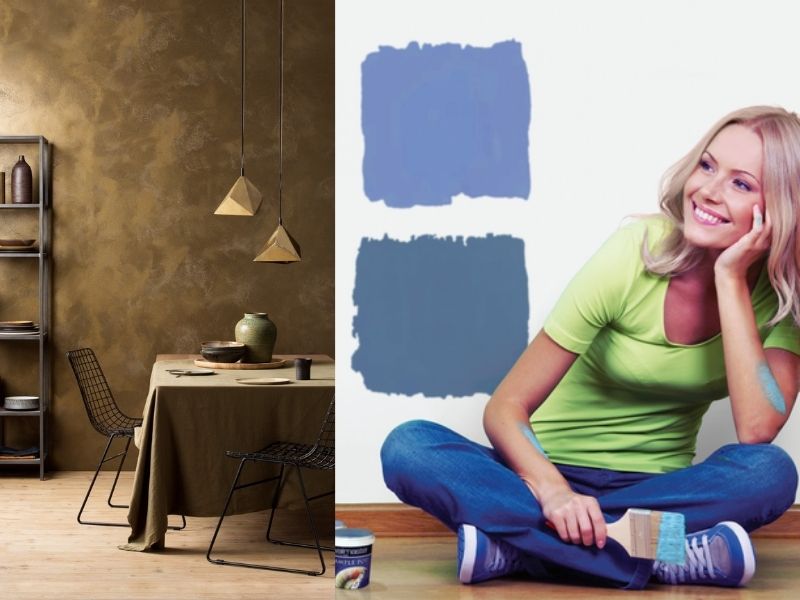
Quality and Colour
Tip 15: Another way to determine which brand of paint will work best for your project is to consider its quality.
How many coats of paint do you want?
Some brands have better coverage than others. This means less coats are needed for maximum results.
So, if this is your goal, then be sure to look for a brand that has good reviews in terms of how long it takes them to dry and being able to cover large areas with just one coat!
Cheaply priced paints tend to have poor coverage area. High-quality paints require fewer coats during application, so they save time in between sessions.
Tip 16: What type of colour would best fit your room’s theme?
Whether it’s bright colours like pinks and purples or more neutral ones such as whites and greys.
One way to choose the right paint is by colour because it can drastically affect whether your painting projects will be a success or failure.
If you are looking for bright colours, then choosing bright, intense paints would be great idea.
But if you need more subdued tones, than warmer colours like greens and browns might just do the trick instead.
With all these different factors involved when choosing the right paint for your next painting projects; one thing is certain.
There are many options out there and each one works differently depending on what type of project you may need them for – interior or exterior, small, or large jobs etc.
Remember that these are just some of the many ways to choose the right paint for your next painting projects.
There are just so many factors that go into choosing the right paint and each one of them will help you determine which types work best for certain painting jobs.
If you’re not sure what paint to use for your next project, feel free to contact Jonno at Paintenance Melbourne for some friendly professional advice!


